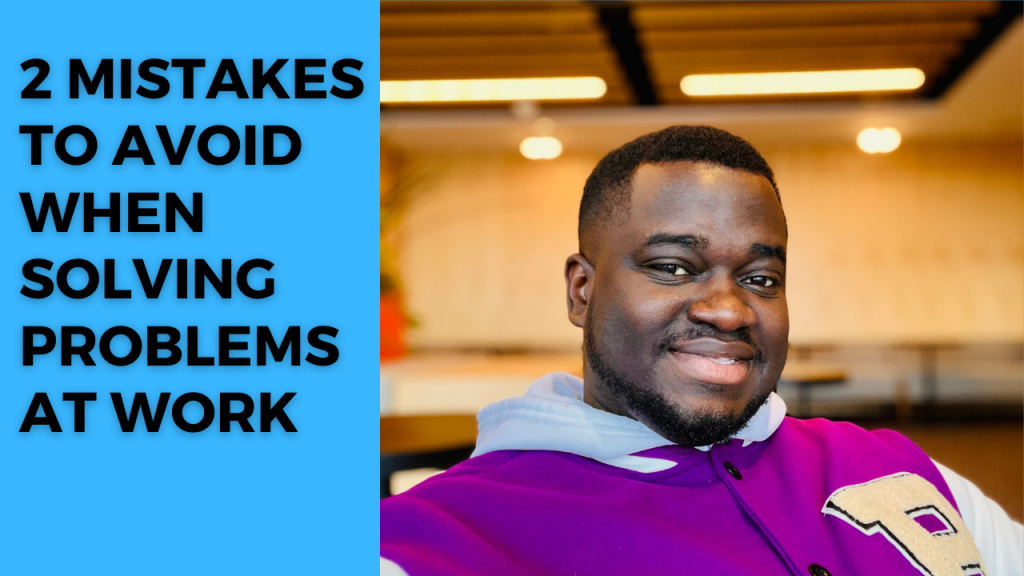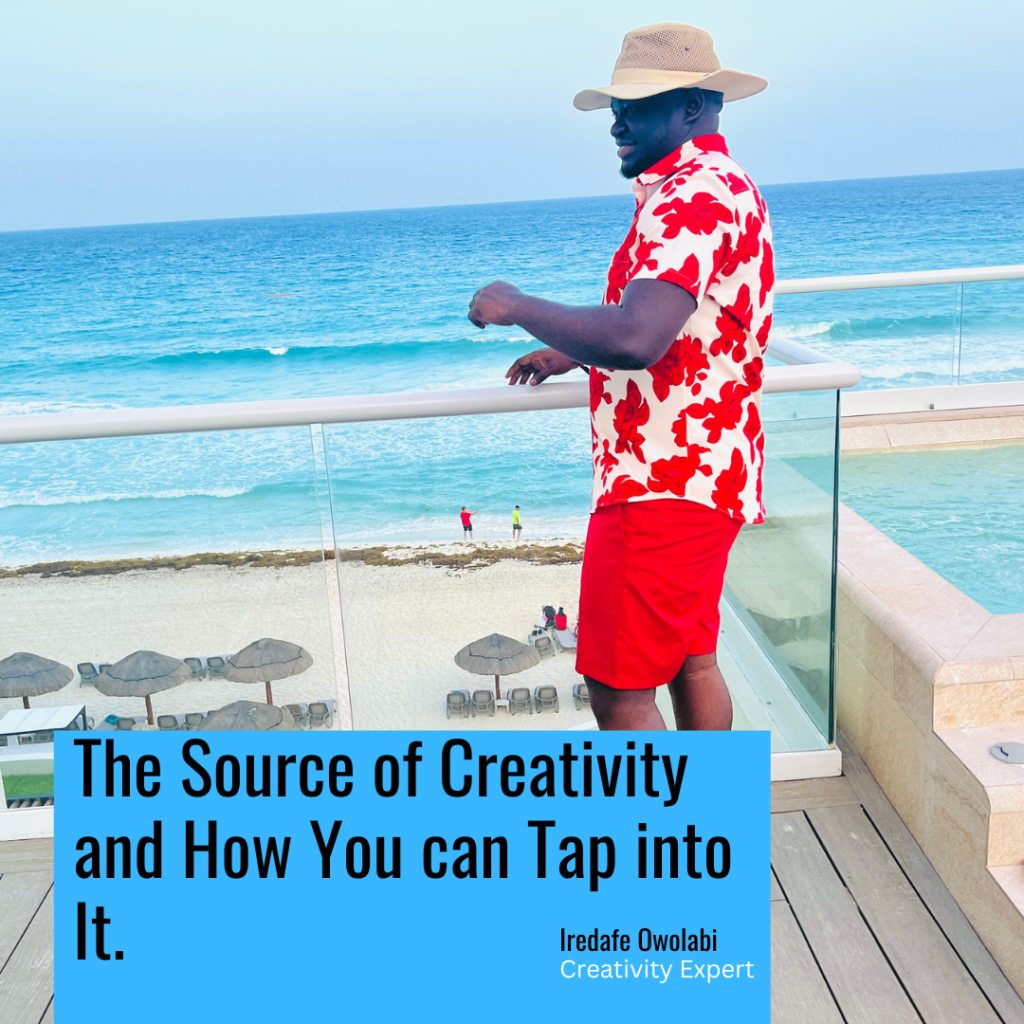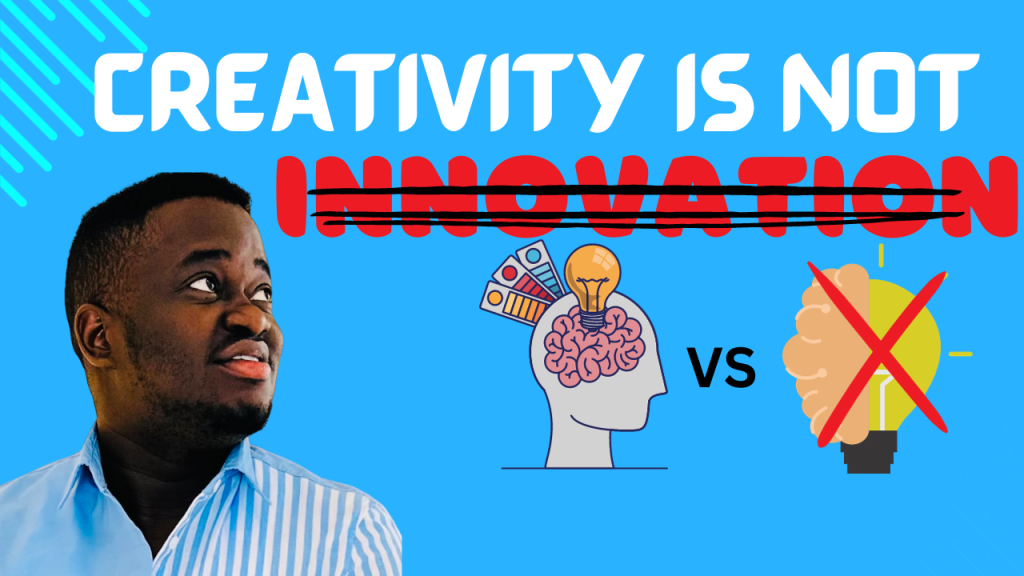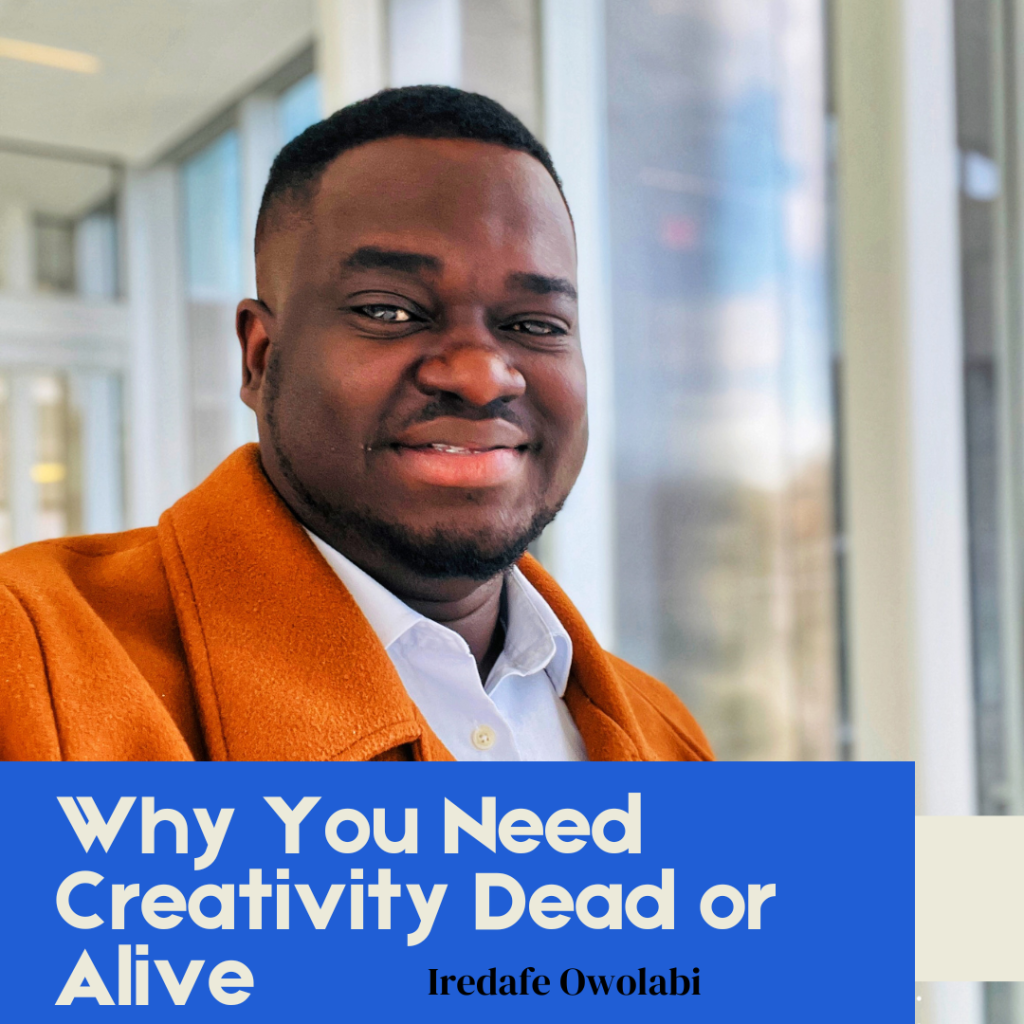5 Crucial Steps to Solve Problems You Should Know
Creative Ways To Solve Problems Introduction: Why is it important to know the steps to solve problems? There’s a problem you were born to solve, and that problem you were born to solve is meant to grant you purpose fulfillment, it’s meant to give you visibility, it’s meant to give you prosperity, it’s meant to attract the right people to you, but until you develop that skill of problem solving that you already have, you may never be able to even identify the problem you need to solve. In this article, we will explore the steps to solve problems that everybody should know. Problem-solving is a fundamental skill that every creative individual should harness. Whether you’re tackling a challenge at work, in your business, or in your personal life, knowing how to approach and solve problems effectively can set you apart. That’s why learning the proven steps to solve problems is quite crucial to helping you develop problem-solving skills You may never be able to identify the problem you were born to solve. And even if you do, you may never be able to solve it. Now, before we go into the deep aspects of problem solving, like solving the problems you were born to solve, let’s first of all look at solving the problems that are already before you. Additional Resources 1. 2 Mistakes To Avoid When Solving Problems at Work 2. Where Do Creative Ideas Come From? [10 Channels Everyone Can Tap Into] 3. The 2 Basic Differences Between Creativity and Innovation 4. Top 3 Best Books to Enhance Your Creativity in 2024 5. Can Creativity Be Taught or Learned? 2 Powerful Reasons Steps To Solve Problems For People In this blog post, we’ll explore five creative ways to solve other people’s problems, helping you become a more valuable asset in any situation. 1. Understand the Why: One of the first steps in solving other people’s problems is to understand why the problem needs to be solved in the first place. This means taking the time to empathize with the individuals affected by the problem and understanding the impact it has on them. By understanding the why, you can better articulate your value and ensure that you are rewarded for your problem-solving skills. If you would like to make smarter decisions and take your problem-solving skills to a higher lever, you should get a copy of 4th Dimensional Thinking. 2. Find the Benefit: In addition to understanding why the problem needs to be solved, it’s important to find the benefit of solving that problem. This could be a monetary reward, but it could also be something intangible, like personal fulfillment or professional growth. By identifying the benefit, you can stay motivated and focused on finding a solution that meets the needs of all parties involved. 3. Diagnose the Root Cause: Before you can solve a problem, you need to understand its root cause. This requires a thorough analysis and diagnosis of the situation to identify what is truly causing the problem. By addressing the root cause, you can ensure that your solution is effective and long-lasting, rather than just treating the symptoms. This way, you would be empowered to come up with innovative problem-solving techniques. Listen to this podcast for more better understanding. 4. Evaluate Your Solution Bank: Your “solution bank” is like a toolbox of skills, mindset, and tools that you can use to solve problems. By evaluating your solution bank, you can identify the resources you have available to tackle the problem at hand. This might include past experiences, creative thinking skills, or specific tools or techniques that you’ve used before. 5. Take Action: Finally, the most important step in solving other people’s problems is to take action. It’s easy to get stuck in analysis paralysis, where you overthink the problem and never take any action. Instead, trust in your skills and abilities, and take decisive action to solve the problem. Even if your solution isn’t perfect, taking action is the first step towards finding a resolution. Conclusion: How To Solve Problems Solving other people’s problems requires a combination of empathy, creativity, and action. By understanding the why behind the problem, finding the benefit of solving it, diagnosing the root cause, evaluating your solution bank, and taking action, you can become a more effective problem solver and a valuable asset in any situation. So, next time you’re faced with a problem, remember these five creative ways to approach problem-solving and watch as you become a more confident and capable problem solver. Let me know what steps you would like to add in comment section. I would love to hear your thoughts. PS: If you would like to invite me to deliver a keynote at your event or conference, you can reach me by filling this form.



![Why Creativity In Leadership Is Important [3 Reasons] 5 Creativity In Leadership](https://iredafeowolabi.net/wp-content/uploads/2024/02/Simple-blog-post-Instagram-Post-6-1024x1024.png)
![Where Do Creative Ideas Come From? [10 Channels Everyone Can Tap Into] 7 Where Do Creative Ideas Come From](https://iredafeowolabi.net/wp-content/uploads/2024/02/Where-do-creative-ideas-come-from-1024x576.png)




![5 Steps To Break the Curse of Creativity [What, Why and How to Unlock Your Potential] 16 Break the curse of creativity](https://iredafeowolabi.net/wp-content/uploads/2024/02/Marketing-Blog-YouTube-Thumbnail-2-1024x576.png)

